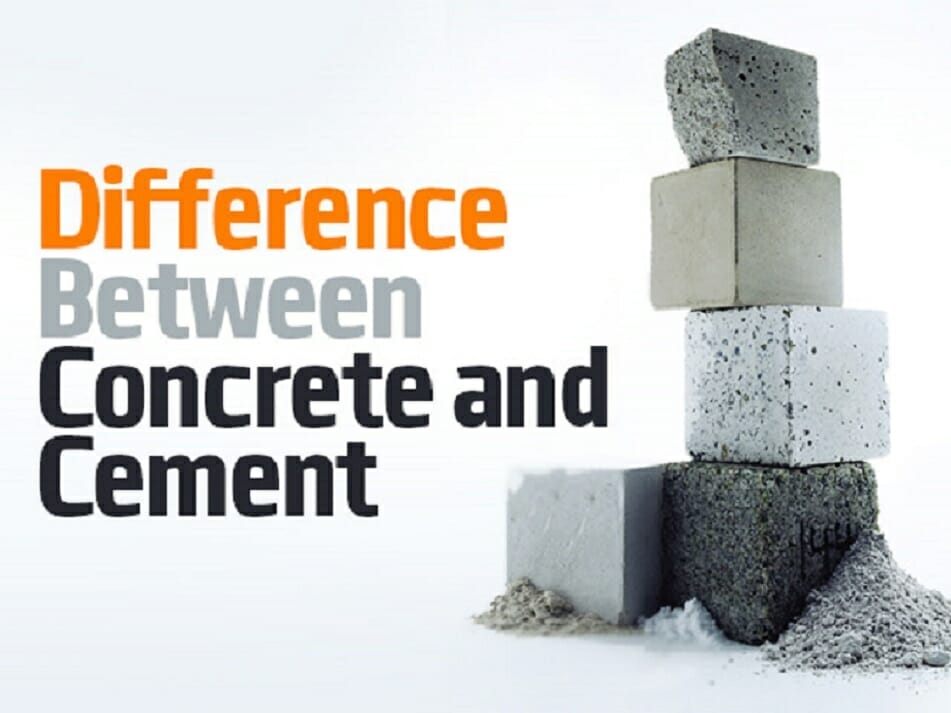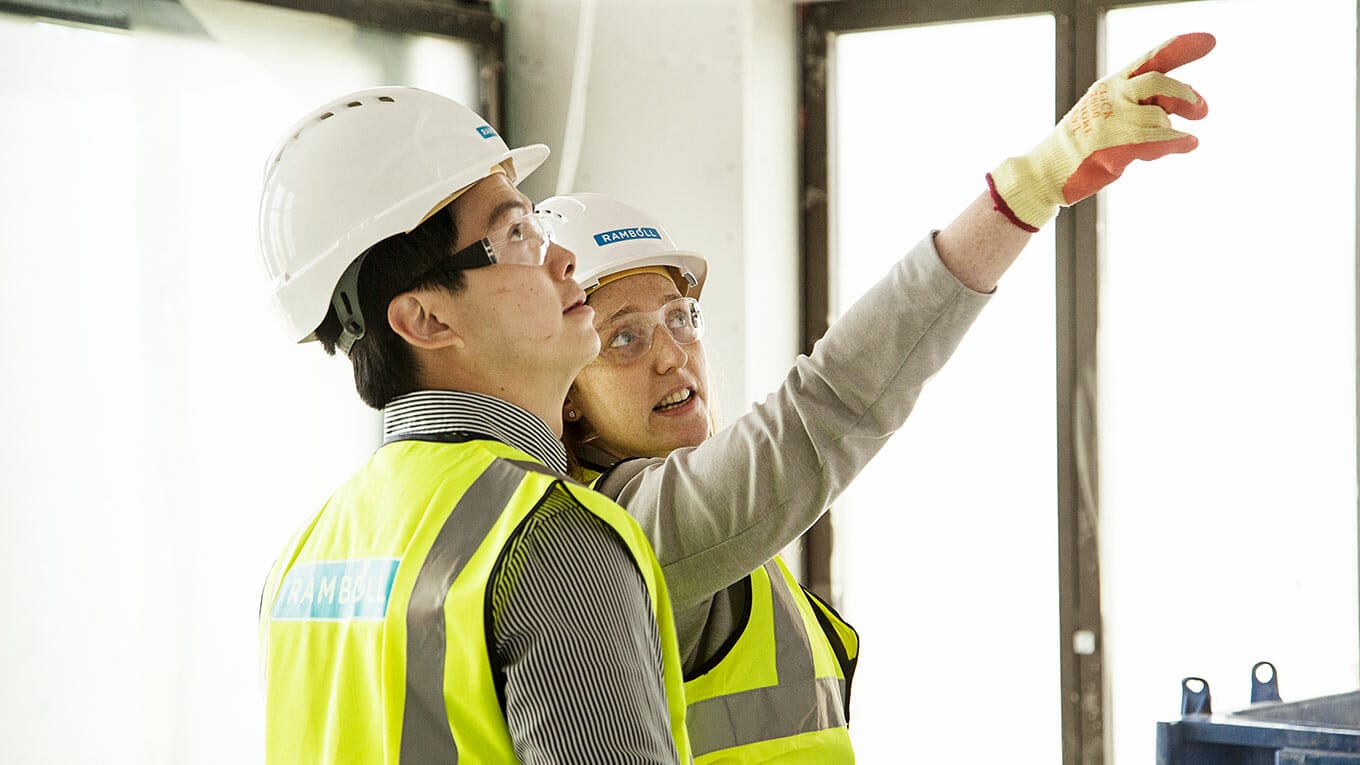Richard E. Riman, a professor in the Department of Materials Science and Engineering in the School of Engineering at Rutgers has co-invented an energy-efficient technology that could lead to wide ranging composite materials that are stronger, lighter cheaper and greener for our earth.
This energy efficient technology harnessed largely low-temperature, water-based reactions. This means that he and his team are able to make things in water that were previously only able to be made in temperatures that are above those required to thermally decompose plastics.
As of now, this revolutionary technology has already been used to create more than 30 different materials. These materials included concrete that stores carbon dioxide, which is the prime greenhouse gas that is one of the causes of climate change. The other materials include different families of composites that incorporate different metals, polymers, and ceramics, which when processed can resemble bone, wood, seashells, and even steel.

Source: Rutgers
Once developed, this can be a great option in creating materials for lightweight automobiles, according to Riman, who has patents of dozens of inventions and was recently named a fellow of the National Academy of Inventors. The materials that they’ve produced could be used for engine, interior as well as exterior applications. Other materials could be able to perform advanced electronic, optical as well as magnetic functions that replaces the mechanical ones.
According to Riman, “Ultimately, what we’d like to be able to do is create a ‘Materials Valley’ here, where this technology can start one company after another, small, medium and large businesses. It’s a foundational or platform technology for solidifying materials that contain ceramics, among other things. They can be pure ceramics, ceramics and metals, ceramics and polymers – a really wide range of composites.”

Source: Solidia Tech
This patented technology, which was co-invented by Vahit Atakan, the chief scientist at Solidia Technologies® and a former Rutgers doctoral student, creates bonds between materials at low temperatures. They call this process a reactive hydrothermal liquid-phase densification (rHLPD), which is also known as low-temperature solidification. Some of their products include roofing tiles, cinder blocks as hollow core building slabs.
“The first thing we did was show that we could make a material that costs the same as conventional Portland cement. We developed processing technology that allows you to drop the technology right into the conventional world of concrete and cement without having to make major capital expenditures typically encountered when a technology is disruptive to the marketplace. We plan to do the same thing in the advanced materials business.” Riman said.
Article Sources:













/cdn0.vox-cdn.com/uploads/chorus_asset/file/7983361/Dove_Satellite_2016_.jpg)






